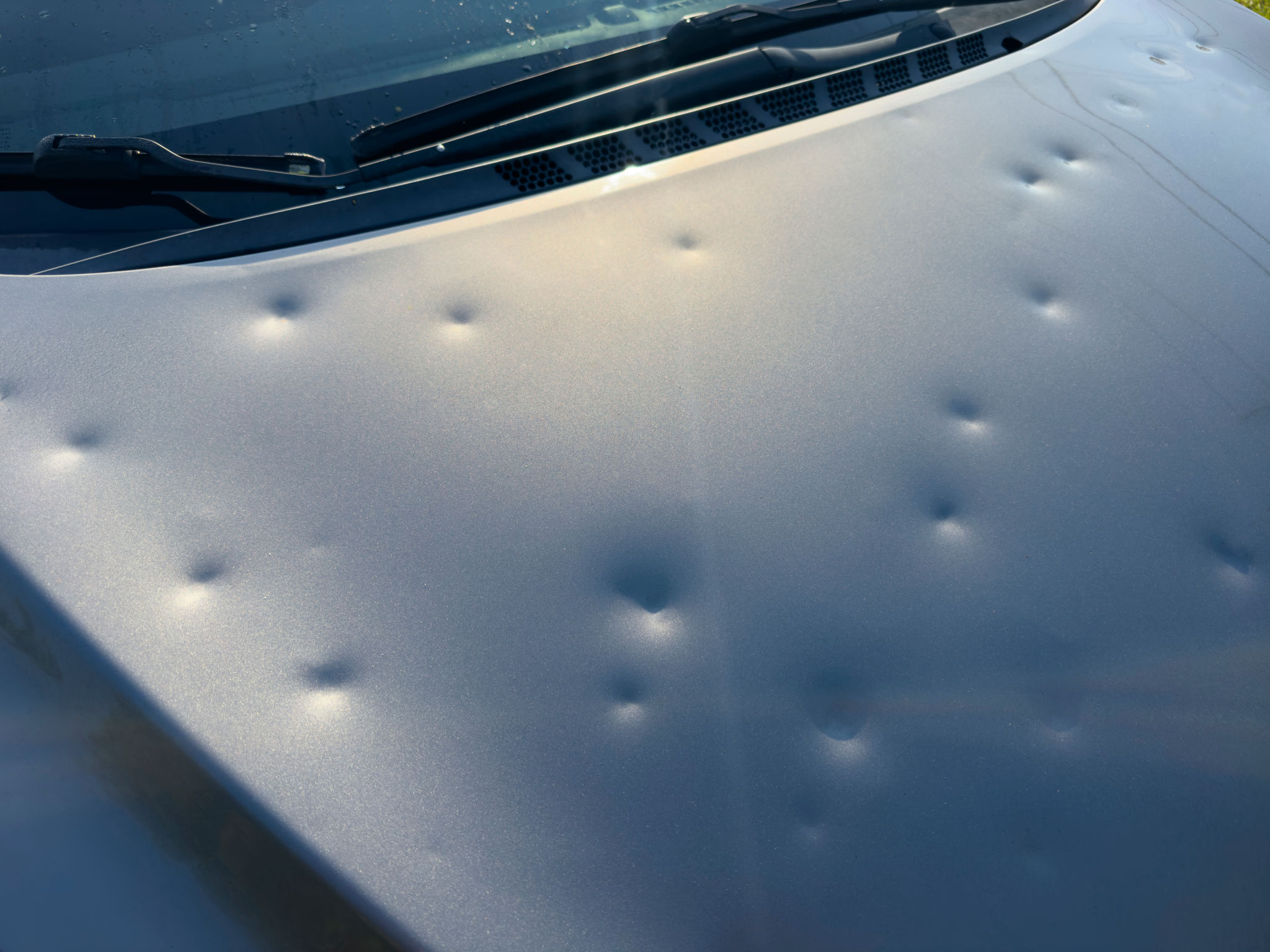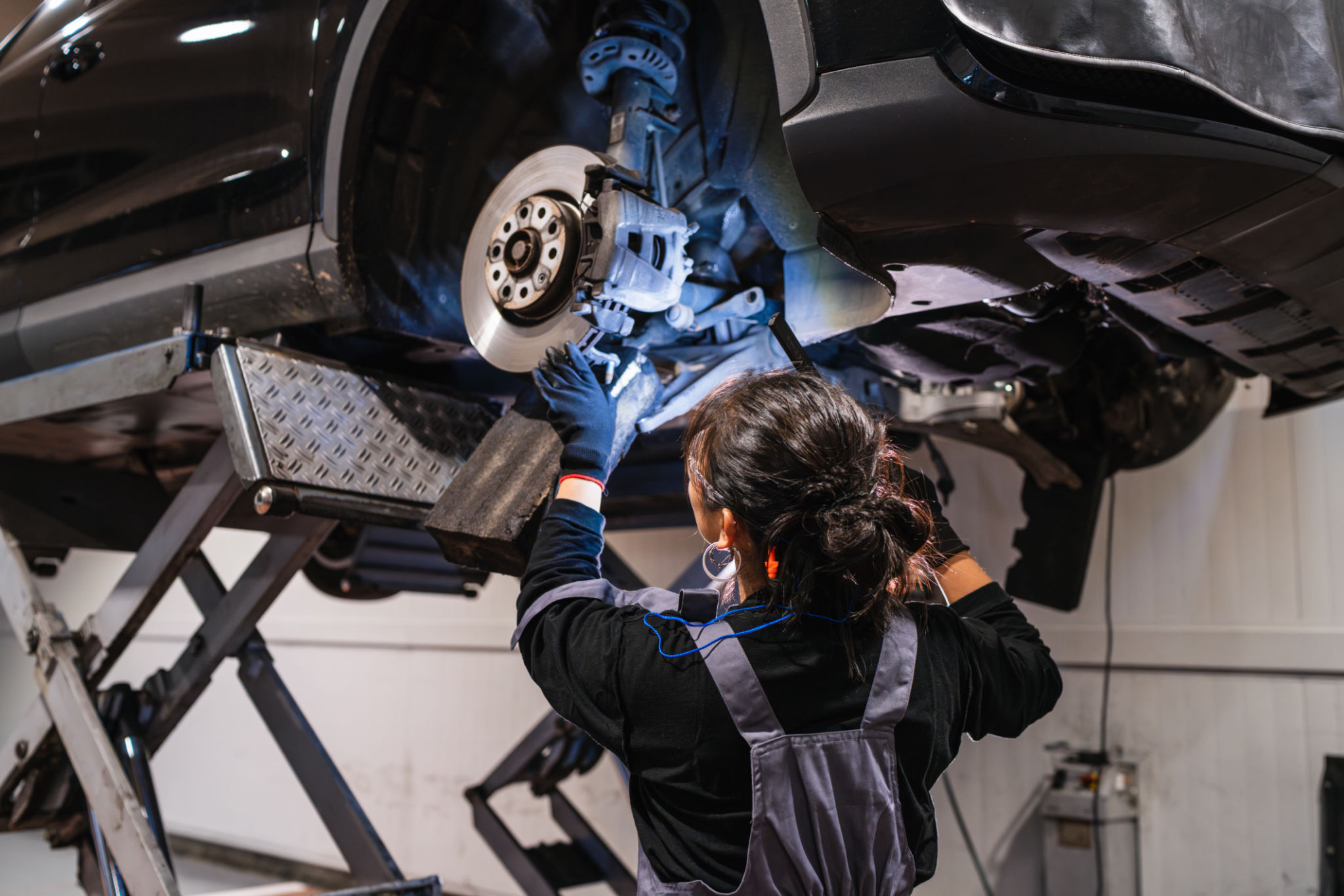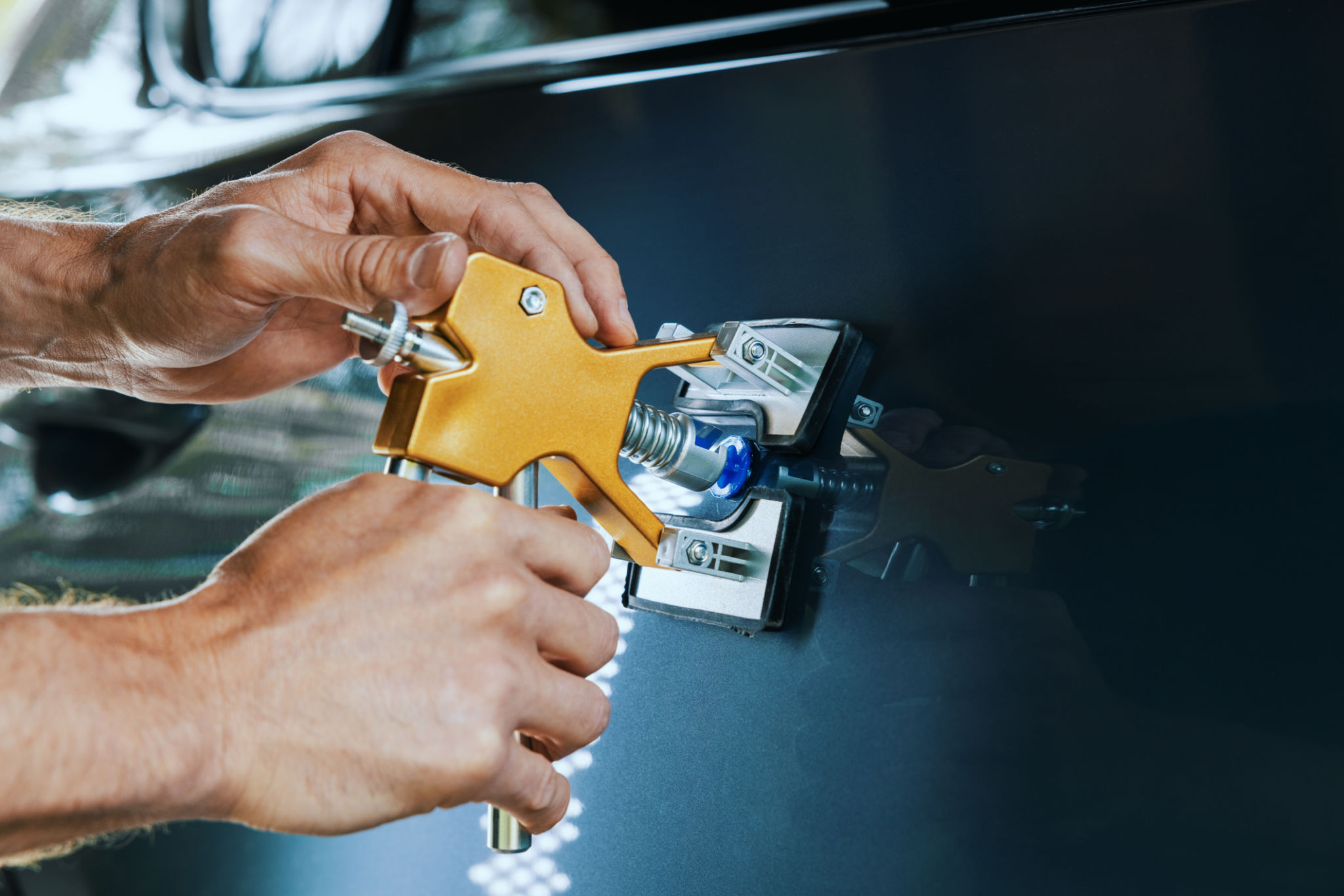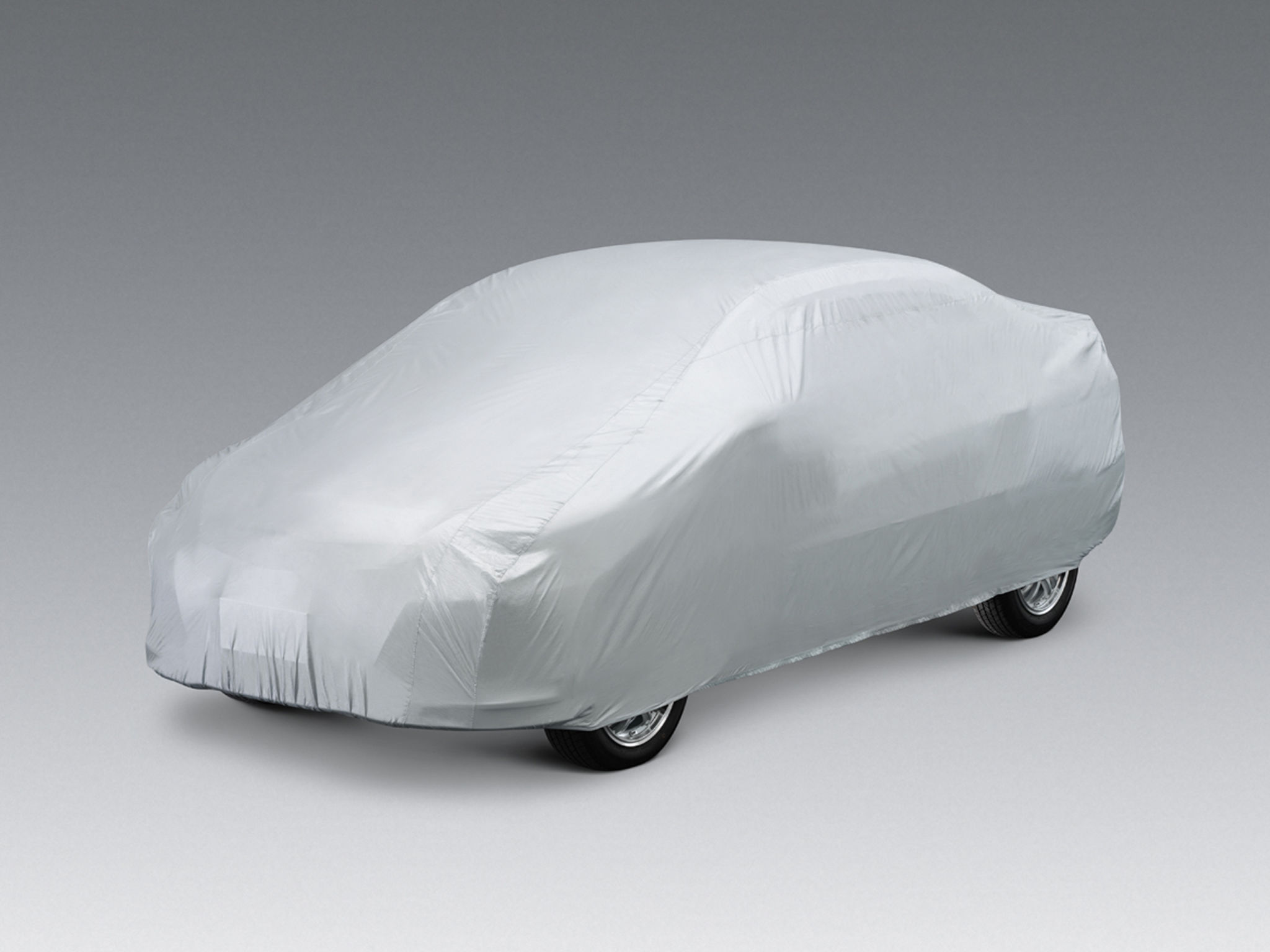The Ultimate Guide to Vehicle Hail Damage Repair: What to Expect and How to Prepare
Understanding Hail Damage
Hail damage is a common issue for vehicle owners, especially in regions prone to severe weather. It can range from minor dents to significant harm affecting the car's exterior. Understanding the extent of damage is crucial in determining the appropriate repair methods and costs. Vehicle hail damage typically impacts the roof, hood, trunk, and side panels.

Initial Assessment and Inspection
After a hailstorm, the first step is to conduct a comprehensive inspection of your vehicle. Look for visible dents and any potential cracks or chips in the paint. It's essential to assess both the visual and structural damage as some issues might not be immediately noticeable. If possible, park the vehicle in a well-lit area or use a flashlight for a thorough examination.
Once you have identified the damage, it's advisable to get a professional inspection. An expert will provide an accurate assessment and offer repair options tailored to your vehicle's needs. This will also help in determining if you need to file an insurance claim.

Filing an Insurance Claim
If the damage is extensive, filing an insurance claim might be necessary to cover repair costs. Start by reviewing your insurance policy to understand what is covered under hail damage. Contact your insurance company to report the claim and provide them with details about the extent of the damage.
The insurance company may send an adjuster to assess the damage or request photos for evaluation. Once the claim is approved, you can proceed with selecting a repair shop. Choose a reputable service provider experienced in hail damage repair.
Repair Options for Hail Damage
There are several repair options available depending on the severity of the hail damage. The two most common methods are Paintless Dent Repair (PDR) and traditional auto body repair.
- Paintless Dent Repair (PDR): This technique involves using specialized tools to gently massage dents out from the inside of the panel. It is cost-effective, preserves the original paint, and is ideal for minor dents.
- Traditional Auto Body Repair: For more severe damage, conventional methods may be necessary. This involves sanding down the affected area, filling it with body filler, and repainting it to match the original color.

Selecting a Repair Shop
Choosing the right repair shop is crucial for ensuring quality repairs. Look for shops that specialize in hail damage and have certified technicians. Check reviews and ask for recommendations from friends or family who have faced similar issues.
Before committing to a shop, request a detailed estimate of the repair costs and timeline. Ensure they use high-quality materials and offer a warranty on their work. A reliable repair shop will guide you through the process and keep you informed at every stage.
Preventing Future Hail Damage
While it's impossible to control the weather, there are steps you can take to protect your vehicle from future hail damage. Whenever possible, park your vehicle in a garage or under a carport during stormy weather. If you're caught in a storm without shelter, use blankets or car covers as temporary protection.
Consider investing in a hail protector cover specifically designed for vehicles. These covers provide an additional layer of defense against hailstones and can significantly reduce potential damage.

Conclusion
Dealing with hail damage can be stressful, but understanding your options and being prepared can ease the process. By conducting regular inspections, filing insurance claims when necessary, choosing the right repair method, and taking preventive measures, you can effectively manage hail-related issues.
Remember, quick action post-storm can prevent further complications and ensure your vehicle remains in optimal condition.
